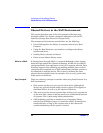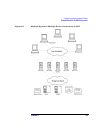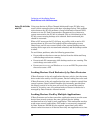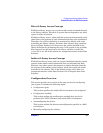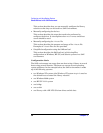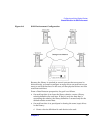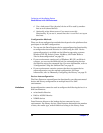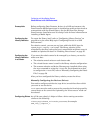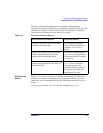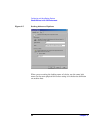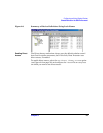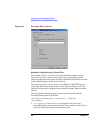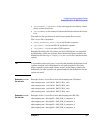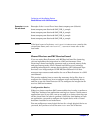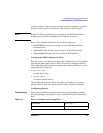
Configuring and Using Backup Devices
Shared Devices in the SAN Environment
Chapter 252
Prerequisite Before configuring Data Protector devices in a SAN environment, the
Data Protector Media Agent must be installed on each host that needs to
communicate with the shared library. See the HP OpenView Storage
Data Protector Installation and Licensing Guide for more information on
installing a Media Agent.
Configuring the
Library Robotics
To create the library itself, refer to “Configuring Library Devices” on
page 29 or to the online Help topic “Configuring Devices in a SAN
Environment”.
For robotics control, you can use any host within the SAN; here the
system dupin.company.com is used. The library robotics will be
controlled by that host, unless the host is unavailable and direct access is
enabled as explained in detail in “Enabling Direct Access” on page 55.
Configuring the
Library Robotics
in a Cluster
If you want the robotic control to be managed by a cluster, you need to
make sure that:
• The robotics control exists on each cluster node.
• The virtual cluster name is used in the library robotics configuration.
• The common robotics and device filenames are installed either using
the mksf command or using the libtab file. For information on how
to configure the libtab file, refer to “Manually Configuring the libtab
Files” on page 56.
After you have configured the library robotics, create the drives.
Manually Configuring the Devices (Drives)
You need to configure each device (tape drive) on each host from which
you want to use the device.
Lock Names must be used to prevent the same device from being used by
several hosts at the same time. Optionally, the “direct access” mode can
be selected.
Configuring Drives As will be seen shortly, it helps to follow a drive naming convention
similar to the following:
LibraryLogicalName_DriveIndex_Hostname, for example
SAN_LIB_2_computer_1.



